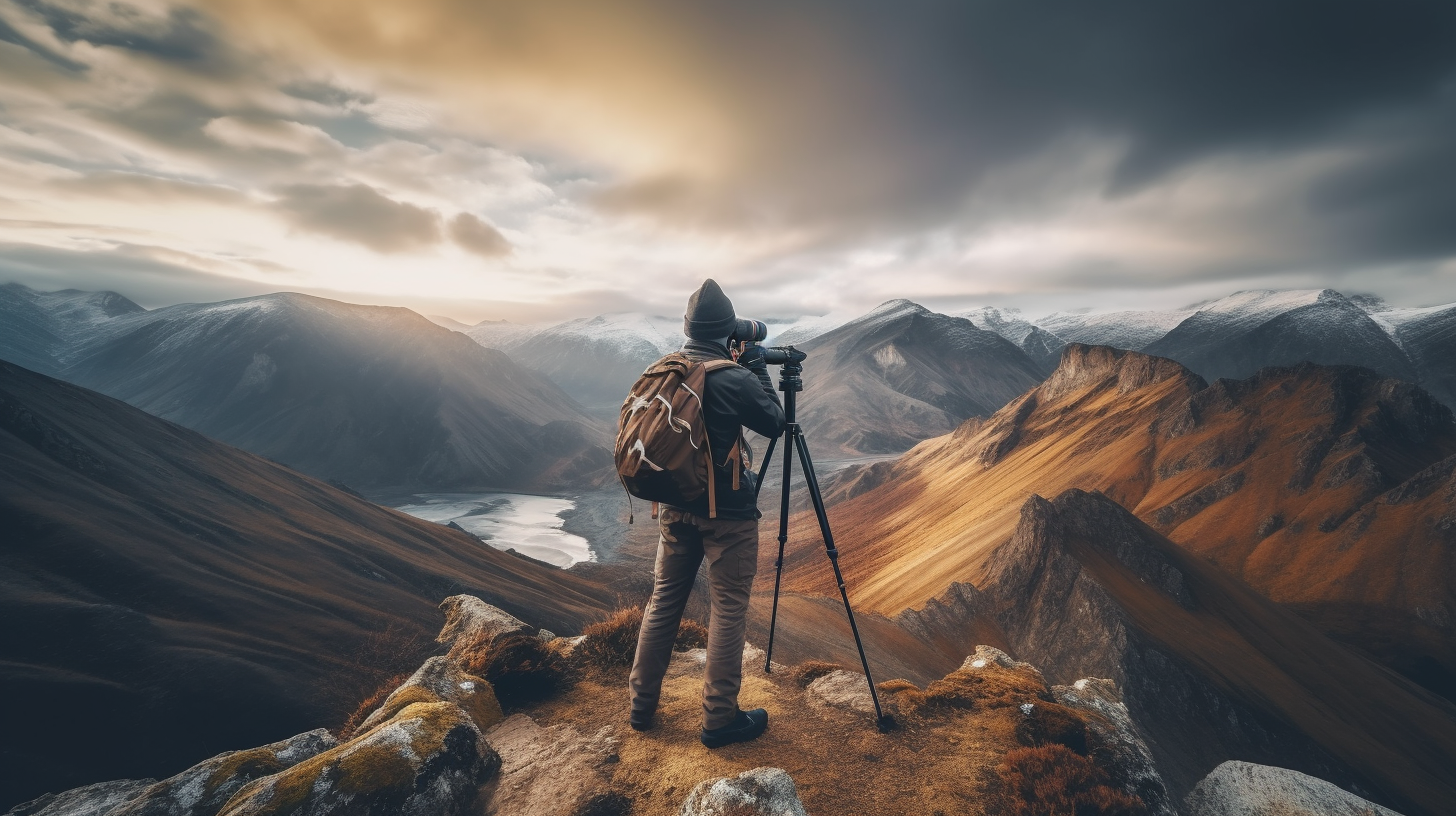Learn advanced photography with Wim Arys’ lessons, tips, and expert techniques to enhance your skills and capture stunning images!


Learn advanced photography with Wim Arys’ lessons, tips, and expert techniques to enhance your skills and capture stunning images!
Discover AI-based photo editing solutions to achieve extraordinary effects & transform your images with ease. Master cutting-edge technology today.
Discover the power of advanced photography AI systems and their impact on empowering creatives in the photo tech industry.
Discover how AI image processing tools & tips can elevate your image quality, ensuring stunning visuals and enhanced user experience.
Discover top AI photo editing software & techniques to revolutionize your images, enhance quality, and make them stand out – effortlessly!
Master gadget photography with our comprehensive guide to AI-enhanced tools for stunning images and tips for best results.
Join our community of photography enthusiasts and receive the latest tips, tutorials, and gear reviews directly in your inbox. Elevate your photography skills with expert insights and creative inspiration from Wim Arys.